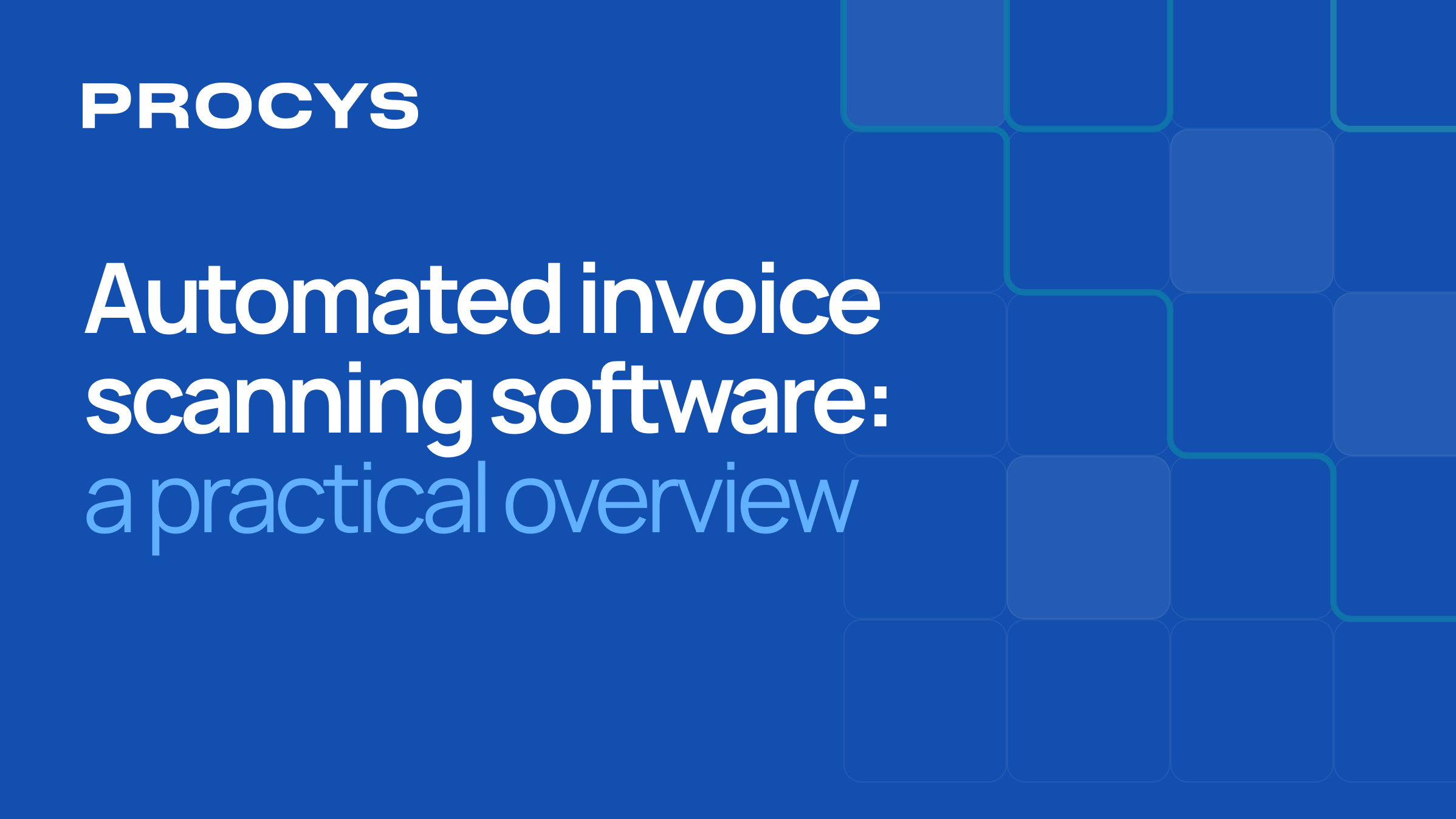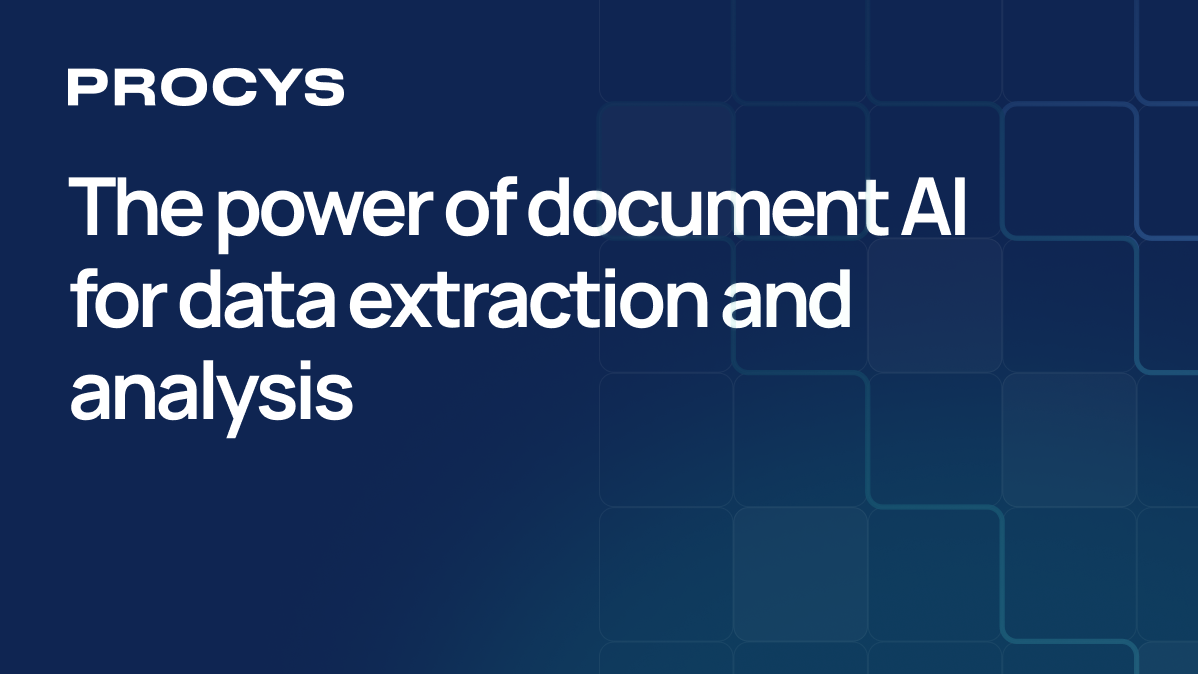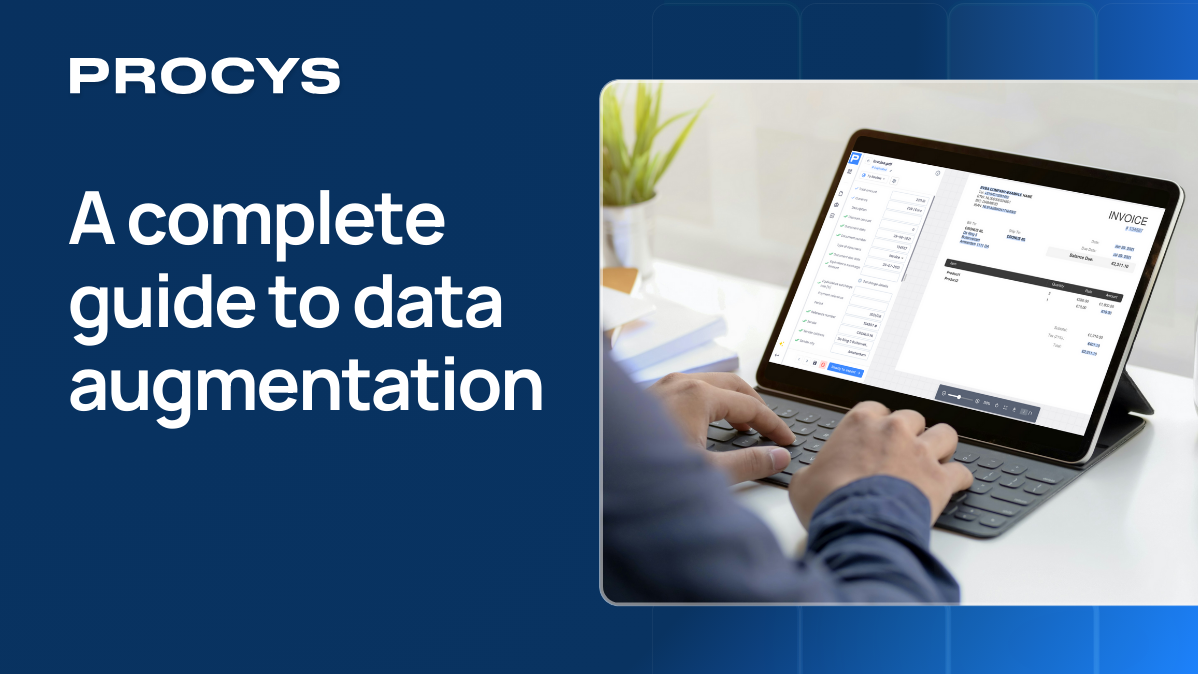In recent years, Intelligent Document Processing (IDP) has changed significantly. IDP used to rely on rule-based and logic driven extraction methods. These methods worked well with structured data but struggled with unstructured data and complex documents. The rise of Artificial Intelligence (AI), especially Large Language Models (LLMs), has transformed IDP.
The Shift to ML-Based Extraction
Machine Learning (ML) based extraction has replaced rule-based methods. LLMs can be trained on custom data, allowing them to process various document types with higher accuracy.
This adaptability makes ML-based extraction a valuable tool for automating document workflows.
However, this progress has a cost. Processing Optical Character Recognition (OCR) files with LLMs increases token consumption, leading to higher costs. The complexity and volume of data also add to the expense, making it less affordable despite its accuracy.
The Cost of Precision
While LLMs and ML models offer better extraction capabilities, they are expensive. For businesses processing large volumes of documents, the high computational and token costs can outweigh the benefits of improved accuracy.
A Hybrid Approach: Combining Logic and ML-Based Extraction
A hybrid approach combines logic-based and ML-based methods for document processing. This strategy allows businesses to achieve efficient and cost-effective data extraction without losing accuracy.
Logic-Based Extraction
Logic-based extraction relies on predefined rules to extract data from documents. These rule-based systems are highly effective for processing structured data with consistent formats.
The primary advantage of logic-based extraction is its speed, as it can quickly process structured data without the need for complex computations. Additionally, it is cost-effective for documents that follow consistent formats, making it an attractive option for businesses with large volumes of such documents. Another benefit is its simplicity; rule-based systems are relatively easy to set up and maintain for straightforward document types.
However, logic-based extraction has limitations. It lacks flexibility, struggling with unstructured or varied data formats. These systems require constant updates and maintenance to handle changing document formats, which can be resource-intensive over time.
ML-Based Extraction
Machine Learning (ML) based extraction utilizes advanced algorithms to extract data from documents. These models learn from custom data, making them highly adaptable to different document types and formats. ML-based extraction offers superior accuracy, especially when dealing with complex documents. Its adaptability allows it to handle unstructured and varied data formats effectively, which is a significant advantage over rule-based systems. Moreover, ML models are scalable, making them suitable for processing large volumes of data.
Despite these benefits, ML-based extraction has its drawbacks. It involves higher computational and processing costs, which can be prohibitive for some businesses. The complexity of setting up and maintaining ML models requires specialized expertise. Additionally, these models need large datasets for training to achieve high accuracy, which can be challenging to obtain and manage.
Combining Both Methods
A hybrid approach involves using both rule-based and ML-based extraction engines. This combined method allows businesses to balance cost and efficiency while maintaining high accuracy. The process starts with initial processing using rule-based systems for structured data. For unstructured and complex documents, ML models are then applied. By comparing the results from both extraction engines, businesses can ensure the most accurate and cost-effective extraction.
Benefits of the Hybrid Approach
The hybrid approach offers several key benefits. It provides cost efficiency by reducing the reliance on expensive ML models for all documents, lowering overall costs. The combination of the precision of ML models with the speed of rule-based systems results in improved accuracy.
This approach also supports scalability, enabling the processing of large volumes of documents without significant cost increases. Additionally, the hybrid method offers flexibility, adapting to various document types and complexities to meet different business needs.
- Cost Efficiency: Reduces the need for expensive ML-based extraction, lowering costs.
- Improved Accuracy: Combines the precision of ML models with the speed of rule-based systems.
- Scalability: Processes large volumes of documents without significant cost increases.
- Flexibility: Adapts to various document types and complexities.
Conclusion
The evolution of Intelligent Document Processing shows the advancements in AI and ML. While these technologies offer great capabilities, they also come with higher costs. A hybrid approach using both logic-based and ML-based methods can provide efficient, accurate, and cost-effective document processing. This strategy enhances operational efficiency and ensures access to advanced AI technologies without financial strain.




